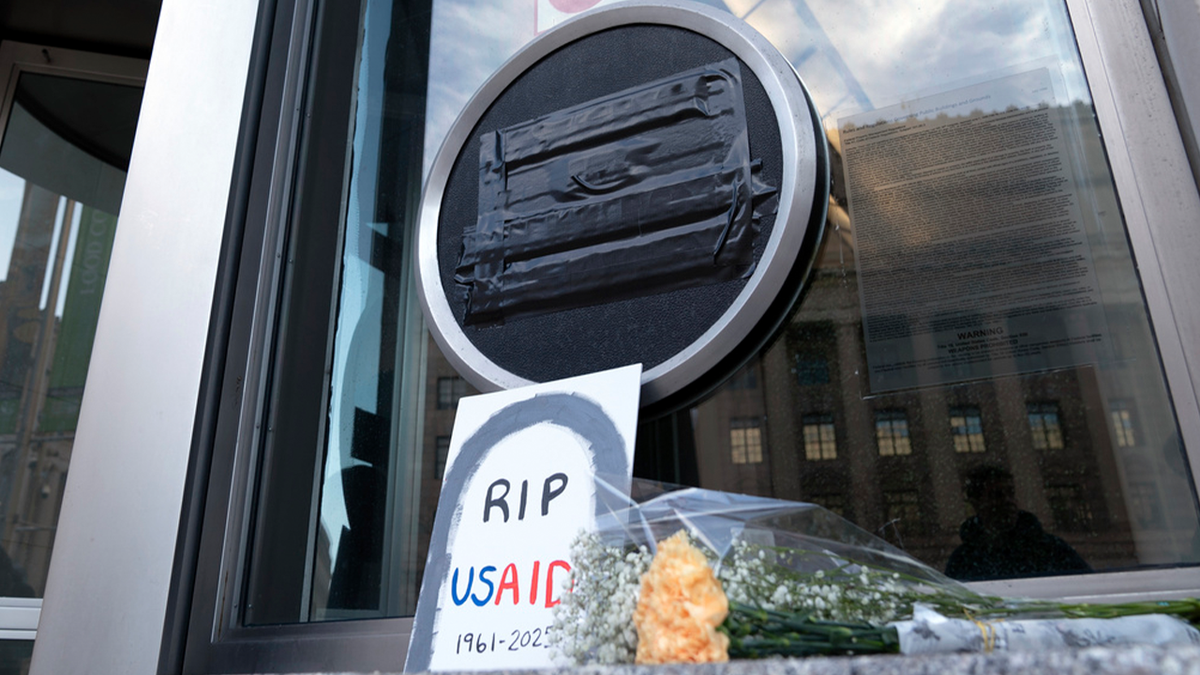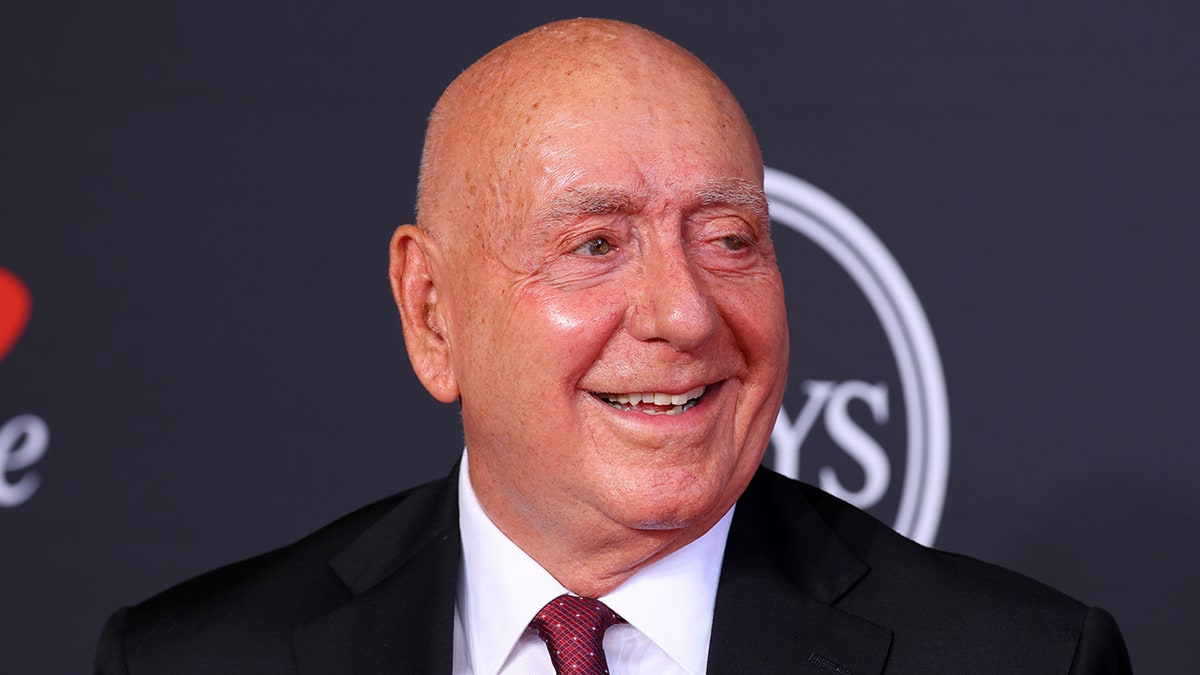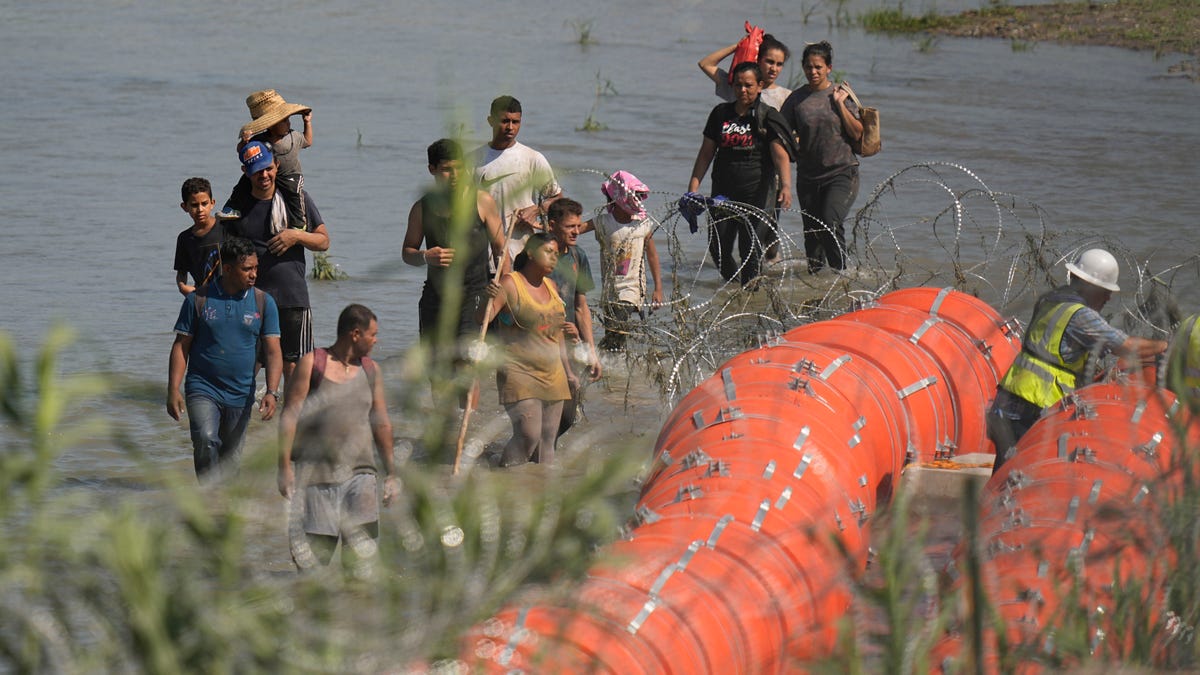Russia and Iran are among the nations facing the most sanctions globally. Before Russia's invasion of Ukraine, Iran held the top spot with approximately 3,600 sanctions, while Russia had 2,695. Following the invasion in February 2022, sanctions against Russia surged to over 16,000.
According to Daniel Fried, former Ambassador to Poland and current Weiser Family Distinguished Fellow at the Atlantic Council, the initial sanctions against Russia were implemented during the Obama administration after Russia's first incursion into Ukraine in 2014. Although considered significant at the time, these measures were moderate compared to current sanctions. Fried, who coordinated sanctions policy for the State Department under Obama, played a key role in crafting these initial sanctions.
These sanctions did impact Putin's strategy, leading to a partial retreat from his initial objectives in Ukraine in 2014. However, the lack of increased sanctions in 2015 and 2016, in Fried's view, allowed Putin to prepare for further action against Ukraine.
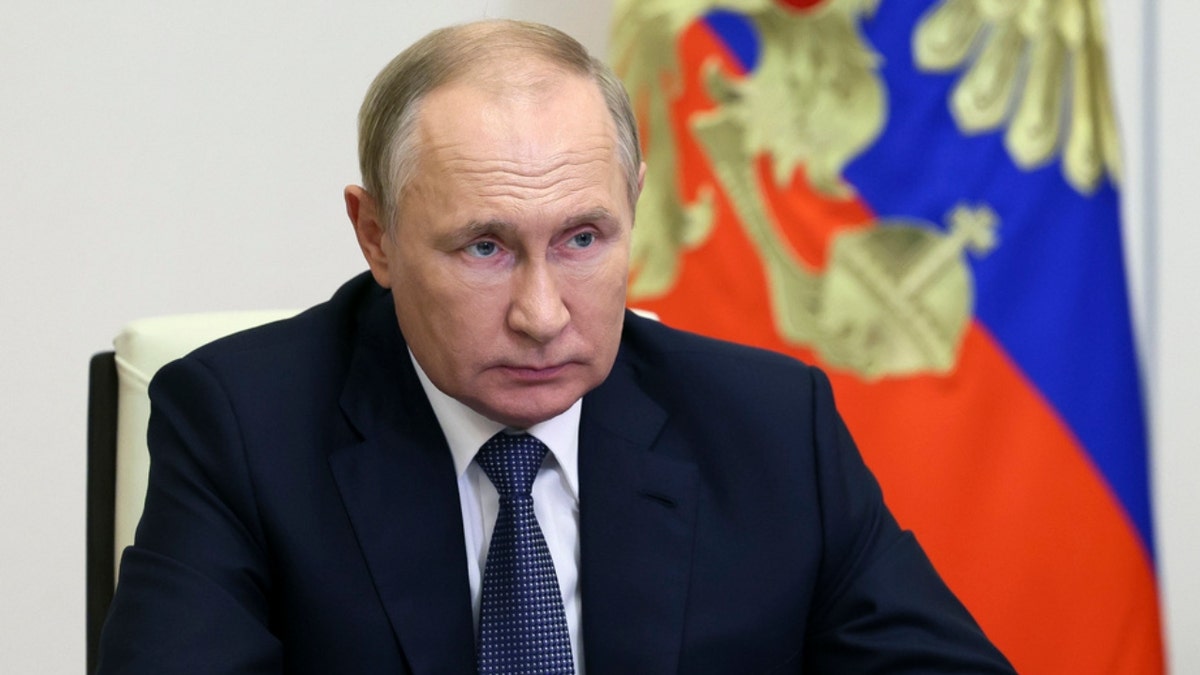
These early sanctions targeted Russian individuals, financial institutions, and the energy sector, primarily in response to Russia's actions in Ukraine. Fried acknowledges that, in retrospect, the Obama administration should have escalated the sanctions, particularly in light of evidence of Russian interference in the 2016 U.S. elections.
While the Trump administration continued to impose sanctions related to Russian cyber activity, support for North Korea, and election interference, mixed messages from President Trump himself sometimes undermined these efforts.
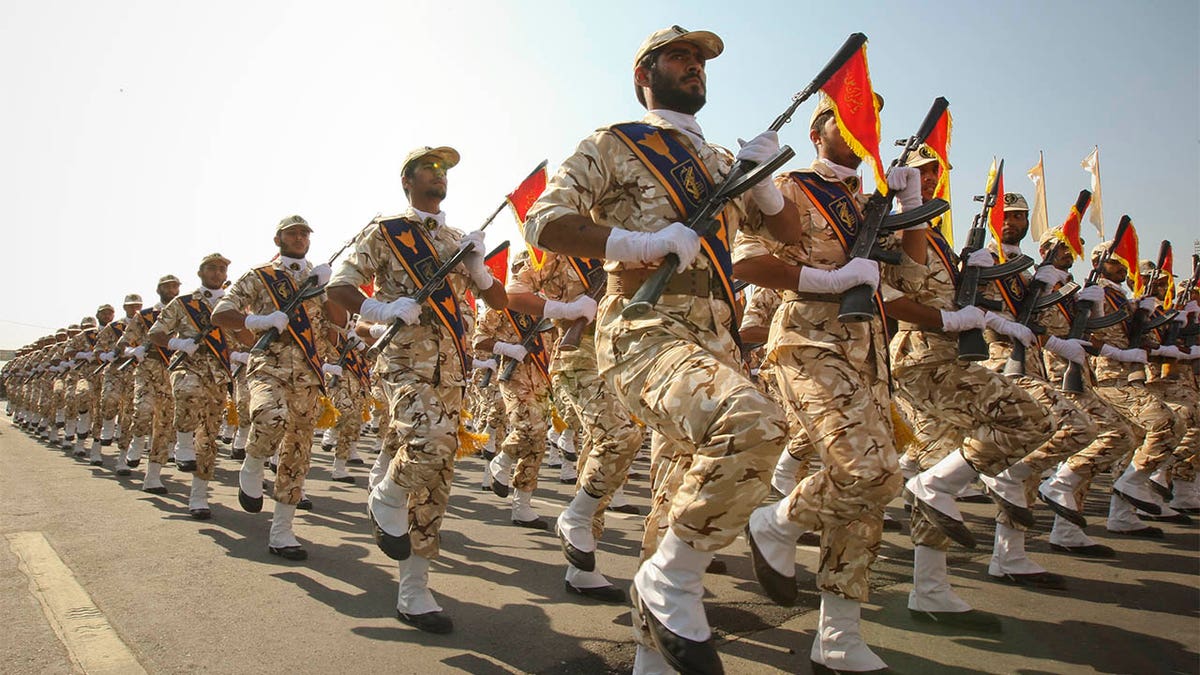
A key difference between the sanctions regimes against Russia and Iran lies in their integration into the global financial system. Behnam Ben Taleblu, a senior fellow at the Foundation for Defense of Democracies, notes that Russia was more integrated prior to the Ukraine war, whereas Iran was not. The sheer size of the Russian economy also presents a different challenge for sanctions implementation.
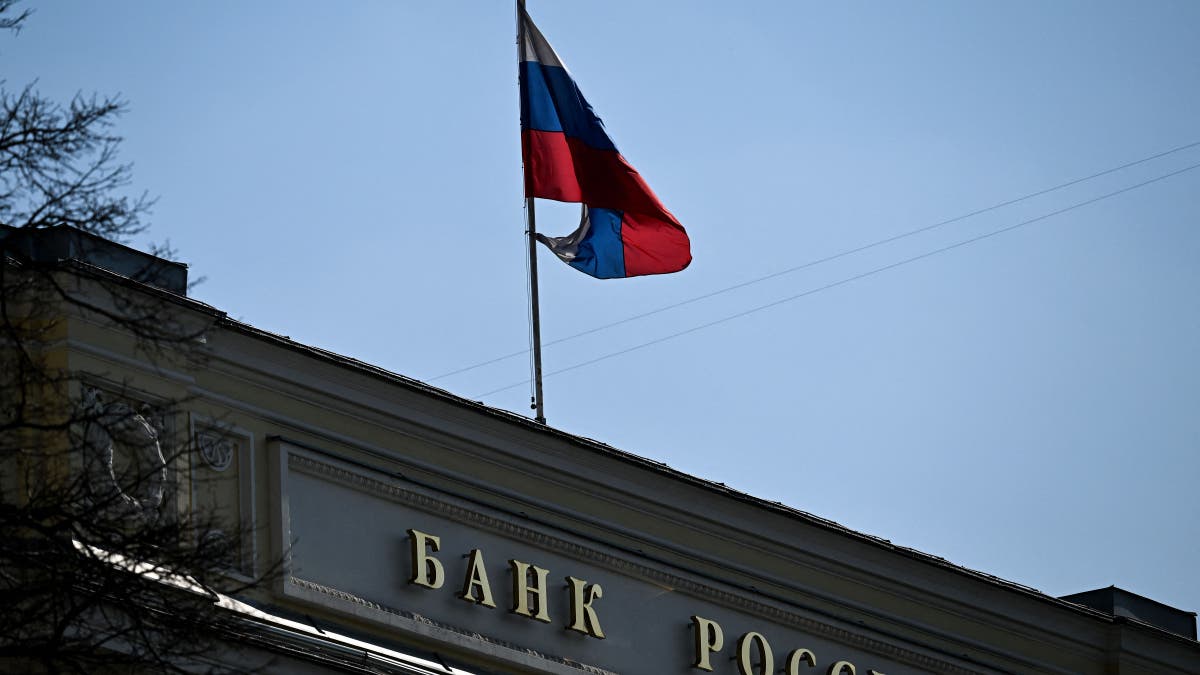
Upon taking office, President Biden, working with international allies, significantly expanded sanctions against Russia in response to the 2022 invasion of Ukraine. These sanctions, according to Fried, were largely in line with the escalatory measures he had previously advocated.
Unlike the gradual approach to sanctions against Iran, the sanctions on Russia were implemented more swiftly and comprehensively.
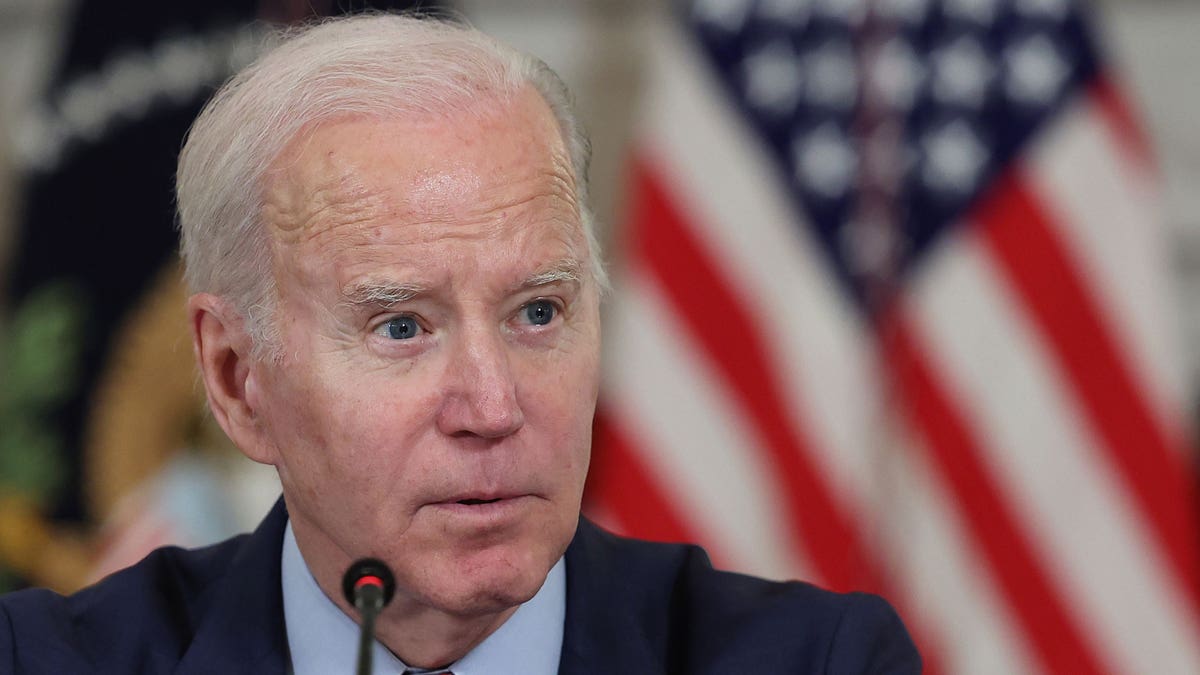
International cooperation has been crucial in pressuring Russia. However, sanctions against Iran have seen less global support in recent years. Fried argues that the U.S. largely drove Iranian sanctions, with European allies less enthusiastic, impacting their effectiveness.
Initial sanctions against Iran, implemented in conjunction with the European Union and the United Nations, aimed to restrict Iran's oil exports and hinder its nuclear program. Some of these sanctions were lifted under the 2015 Iran Nuclear Deal, but were later reimposed and expanded when President Trump withdrew the U.S. from the agreement in 2018.
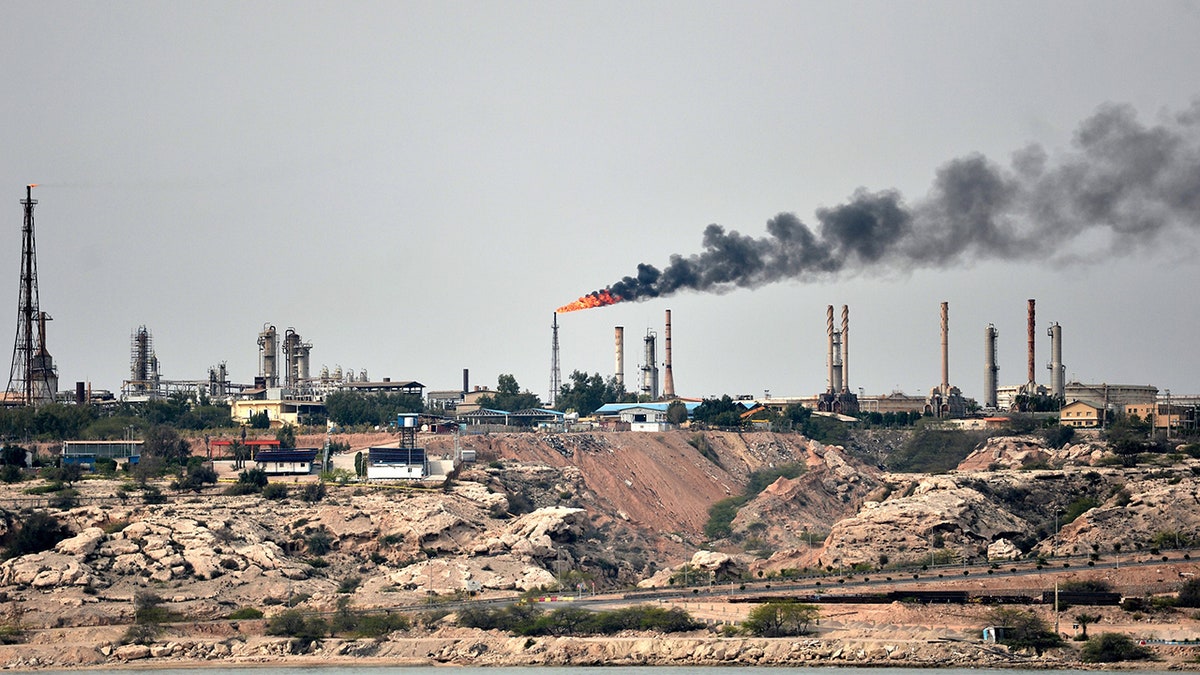
Taleblu highlights the Trump administration's success in not only restoring but also exceeding the pressure from previous multilateral sanctions against Iran. However, European nations prioritized addressing Russia's actions in Ukraine over supporting the U.S. approach to Iranian sanctions.
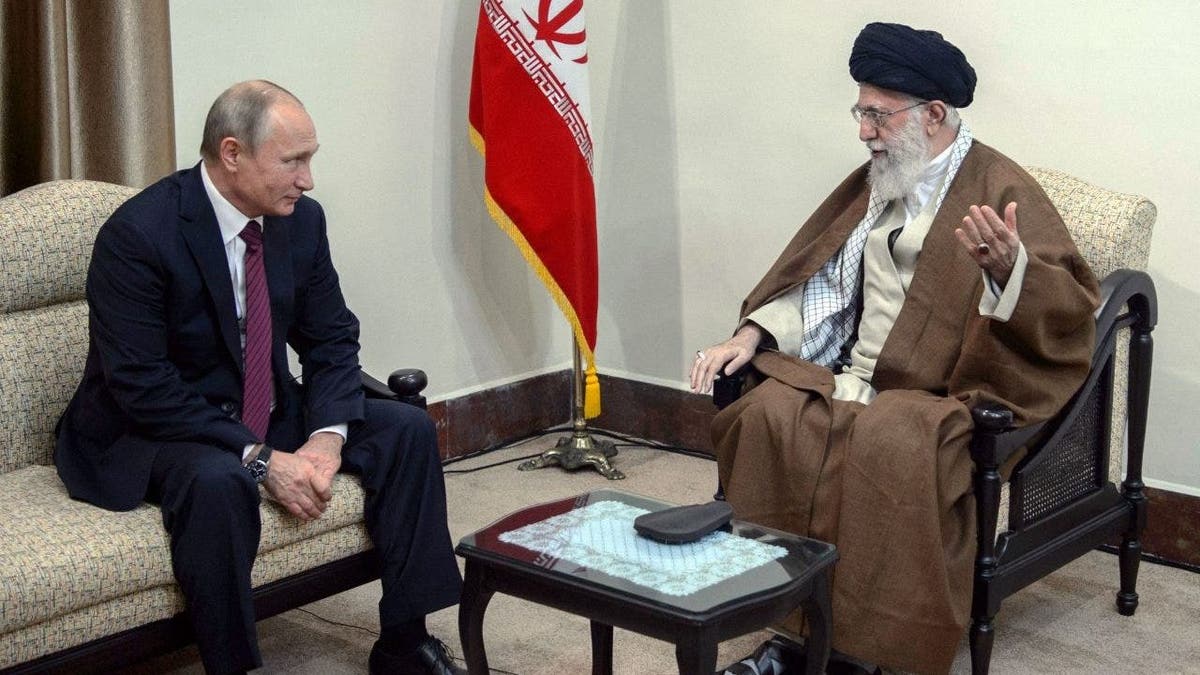
While the sanctions against Russia were a direct response to the Ukraine invasion, aiming to weaken Putin's military and economy, the objectives of the sanctions against Iran are less clear. Fried points out this lack of clarity as a major challenge, contrasting it with the more coherent and internationally supported policy toward Russia.


